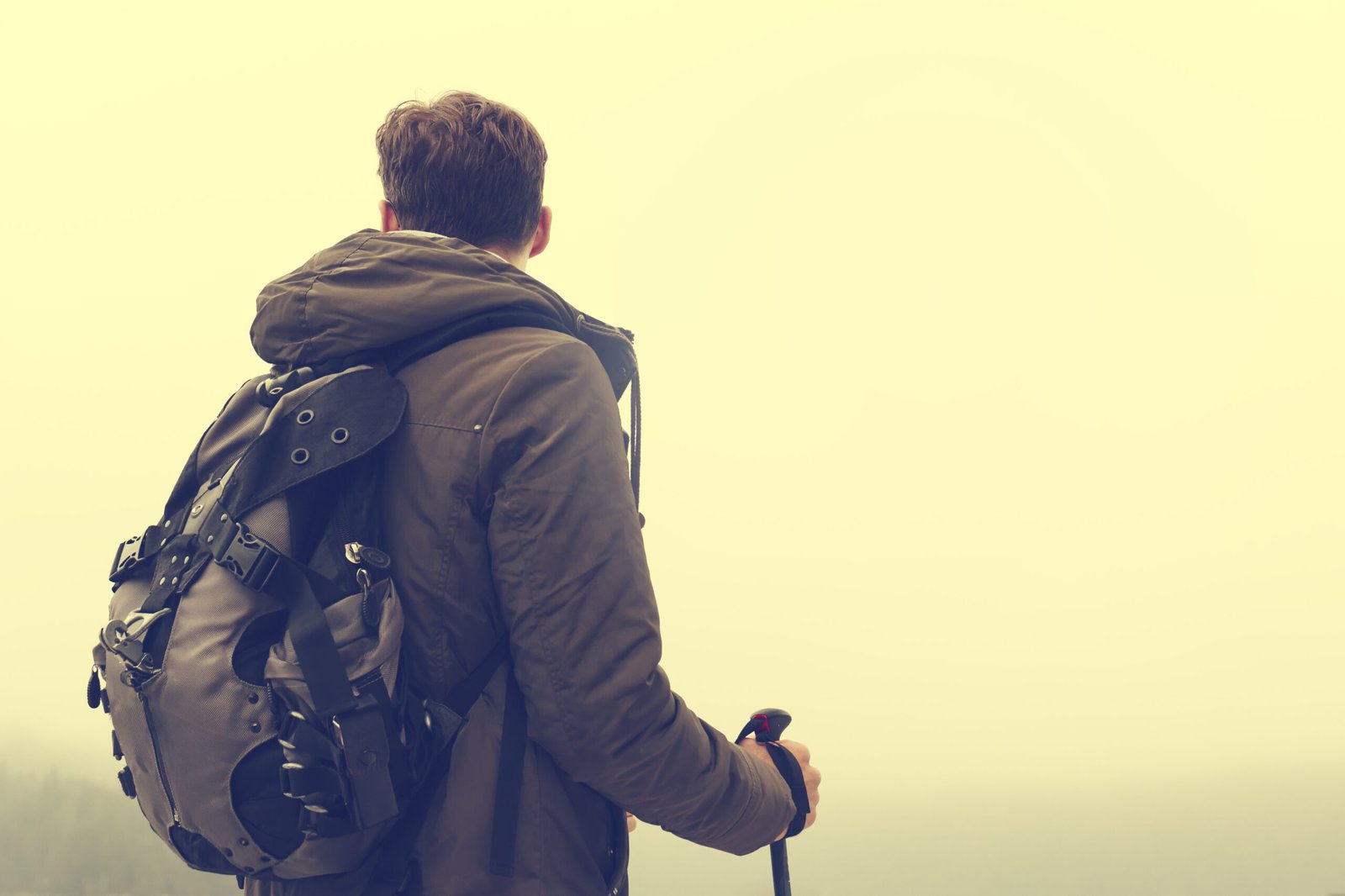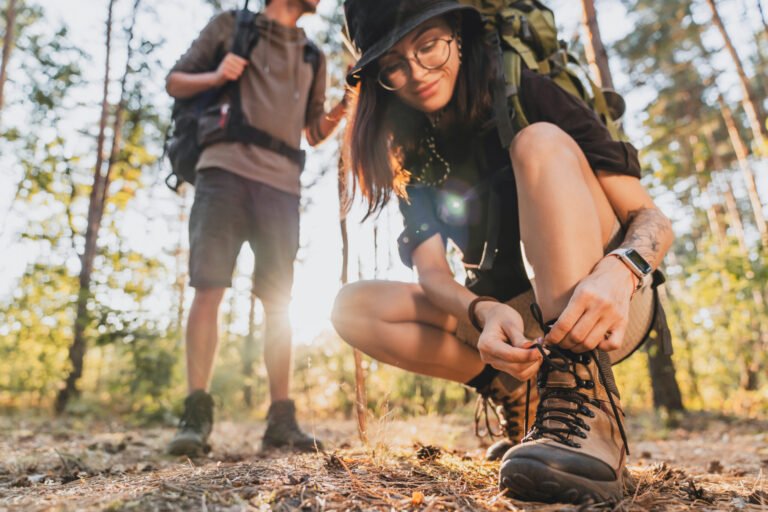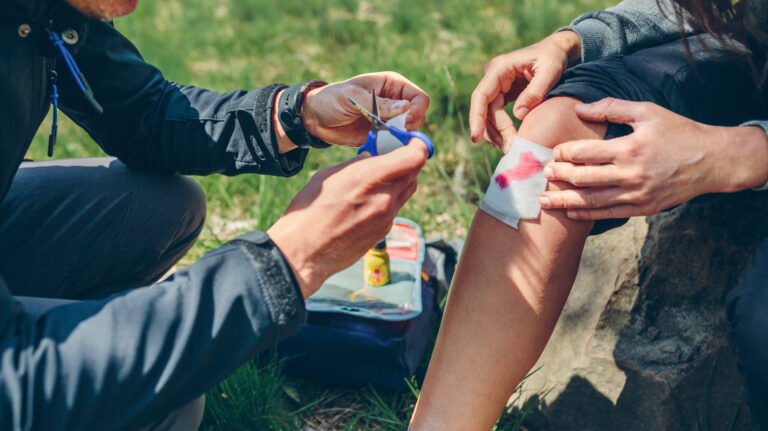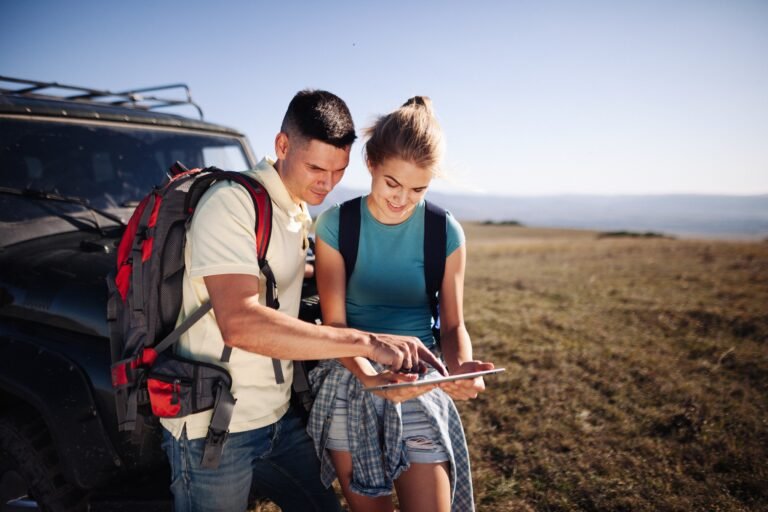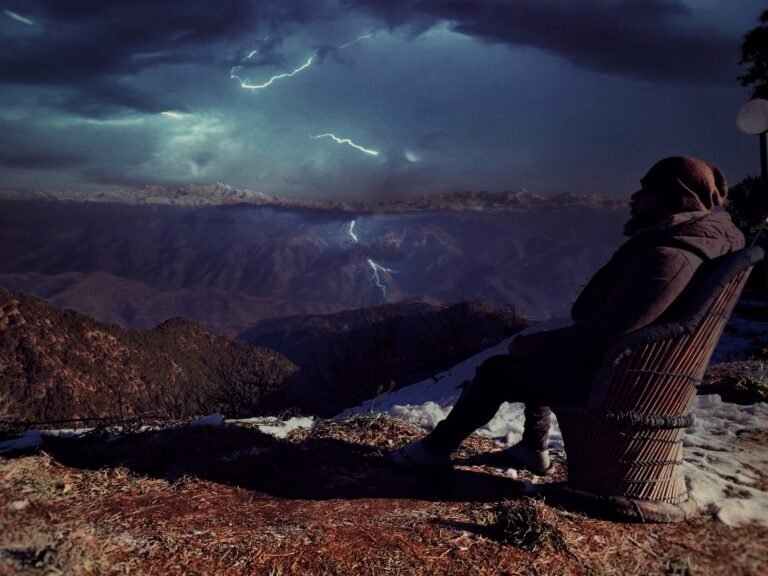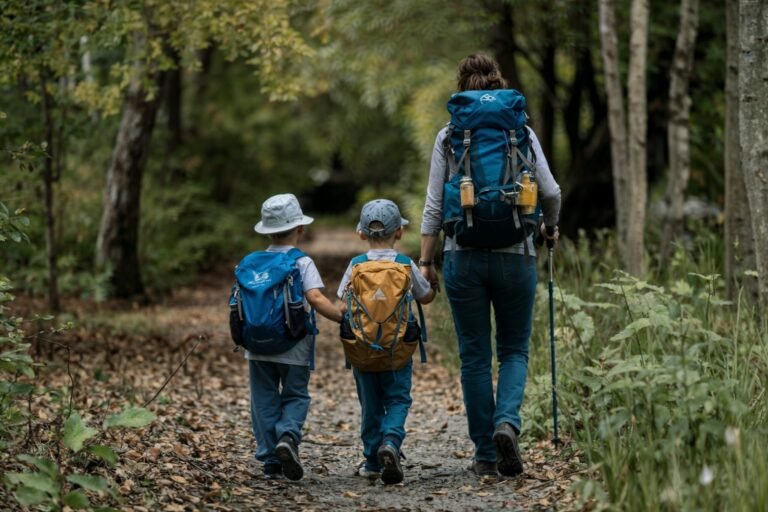Solo Hiking Confidence: Building Skills for Independent Adventures
Get started with Solo Hiking: our comprehensive guide covers skills and strategies for self reliance and safety on solo adventures.
Stepping onto a trail alone can feel intimidating. Yet, it’s in these quiet moments that many discover a profound connection with nature—and themselves. The wilderness offers more than scenic views; it becomes a classroom for self-reliance and personal growth, especially through practices like Solo Hiking.
Imagine navigating rocky paths or deciphering weather patterns without relying on others. These challenges sharpen decision-making skills while fostering unshakable confidence. Studies show time spent in forests lowers stress hormones, making solo adventures a powerful tool for mental wellness.
Take inspiration from those who began with minimal experience. One hiker summited Kilimanjaro at 17 wearing cotton layers and ill-fitting boots—proof that preparation matters more than initial knowledge. Modern gear and navigation apps now make independent trips safer than ever.
Fear of the unknown often holds people back. But with proper planning, even first-timers can transform anxiety into excitement. Focus on building foundational skills like map reading and emergency protocols. Every step forward reinforces your ability to thrive in unpredictable environments.
Solo Hiking encourages individuals to embrace solitude, enhancing their appreciation of nature and self-discovery.
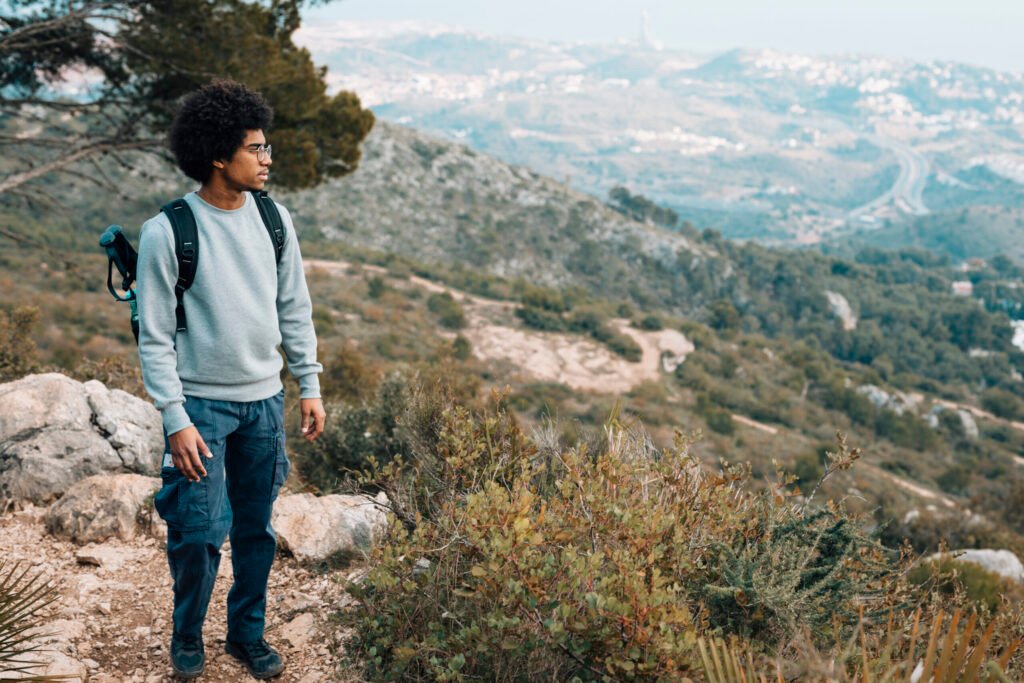
The trail teaches resilience you can’t find in daily routines. Whether it’s a sunrise vista or overcoming a sudden storm, these moments create lasting memories. Start small, stay curious, and let nature guide your journey toward independence.
Understanding Self Reliance and Safety in the Wilderness
True independence in nature begins with trusting your skills and instincts. Wilderness adventures demand more than physical stamina—they require sharp decision-making and proactive planning. Experts agree: self-reliance grows when you balance confidence with practical knowledge.
What Does Self Reliance Really Mean?
It’s about reading terrain shifts before they become problems. Think of it as your internal compass—knowing when to push forward or turn back. A 2023 outdoor safety study found hikers who practiced situational awareness reduced emergencies by 68%.
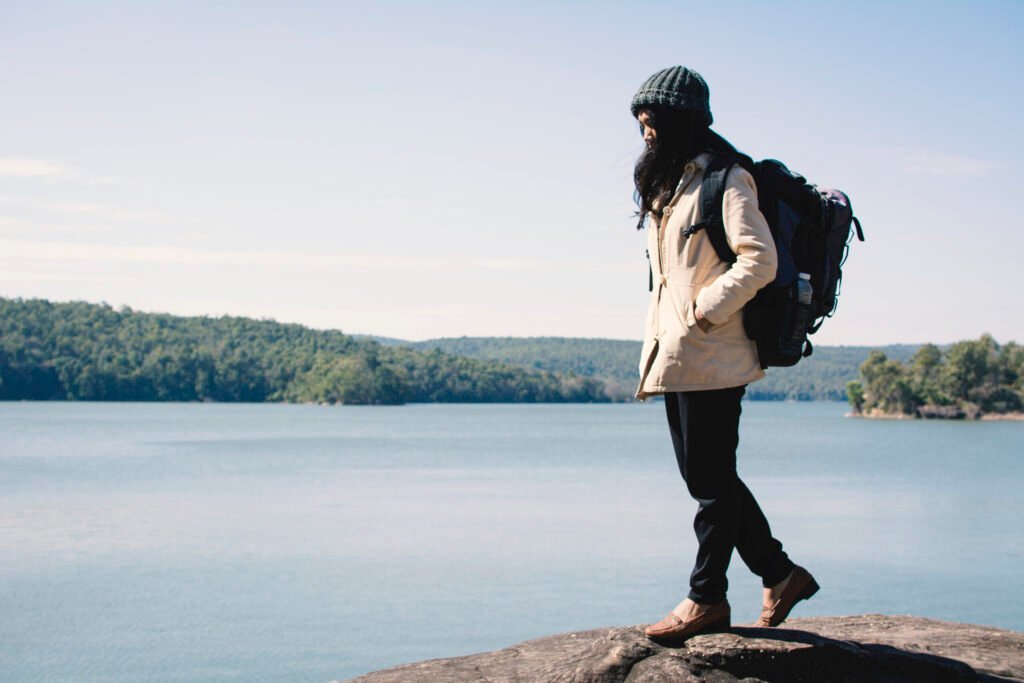
As you plan your adventure, consider the unique benefits that come from Solo Hiking, such as increased confidence and self-awareness.
Safety First: Non-Negotiables for Solo Trips
Preparation separates thrill from danger. Always carry these three tools:
| Prevention | Reaction | Knowledge Boosters |
|---|---|---|
| Weather-check routine | Emergency shelter setup | Local wildlife patterns |
| GPS tracking | First-aid application | Navigation refreshers |
Self-defense instructors emphasize verbal strategies like assertive communication with strangers. Physical tools like bear spray matter, but mental readiness often prevents conflicts. Start with short trails to build confidence—each successful trip strengthens your wilderness IQ.
Exploring Trail Options and Choosing the Right Route
Selecting your path requires balancing ambition with honest self-assessment. Start by matching routes to your fitness level—a 5-mile loop with 500ft elevation gain offers better success than a 14-mile alpine trek. Apps like AllTrails simplify this process with filters for difficulty and surface conditions.
Digital tools transform route planning into a self-reliance exercise. COTREX stands out in Colorado for marking unofficial social trails and elevation contours—critical details when exploring less-traveled areas. One user review warns: “Steep scree slope at mile 3 requires careful footing.” These insights help avoid surprises.
Seasonal factors dramatically alter trail safety. Check regional wildlife activity reports and closure notices before departure. Spring melt creates unexpected stream crossings, while summer brings afternoon thunderstorms to mountain zones.
Three elements define smart route selection:
- Recent user photos showing current trail conditions
- Topographic maps highlighting elevation changes
- Park service alerts about maintenance issues
Gaia GPS excels for map enthusiasts needing layered data like land ownership boundaries. Pair digital research with paper maps for redundancy—a key practice when cell service disappears. Every chosen path becomes a lesson in terrain interpretation and personal limits.
Planning Your Solo Hiking Adventure
Smart preparation transforms uncertainty into confidence. Thorough research and strategic communication form the backbone of self-reliant wilderness experiences. This process turns potential risks into manageable variables.
Researching Trails and Checking Weather Conditions
Mountain weather patterns can shift within hours. Colorado’s afternoon storms famously appear without warning—a 2023 analysis showed 40% of rescue calls involved unexpected weather changes. Cross-reference these tools for accuracy:
| App | Key Feature | Best For |
|---|---|---|
| WeatherBug | Real-time lightning maps | Summer hikes |
| Weather Underground | “Feels like” temperature | Shoulder seasons |
Study trail reports from the past 72 hours. Look for mentions of washed-out paths or bear activity. One ranger advises: “Assume morning sunshine means afternoon rain at higher elevations.”
Sharing Your Plans with a Trusted Contact
The 127 Hours incident underscores why this step matters. Leave these details with someone reliable:
- Exact trail name and access point
- Expected return day and time
- Park service emergency number
Update your contact if you alter routes. A Utah search team located a missing backpacker in 2022 because she’d shared her revised turnaround time. This practice isn’t about dependence—it’s about creating a safety net that supports independent decision-making.
Packing Essentials for a Successful Hike
Your gear becomes your lifeline when exploring remote trails. The right equipment balances safety with practicality, letting you focus on the journey rather than worrying about “what ifs.” Modern adventurers use the Ten Essentials framework as their foundation—a proven system refined through decades of wilderness experience.
Must-Have Gear and Supplies
Start with navigation tools and light sources. A headlamp with extra batteries outshines phone flashlights in durability. For Colorado’s dry climate, a 3L hydration reservoir ensures steady water access during steep climbs. Pair it with the Katadyn BeFree filter (under $50) to safely drink from streams.
| Hydration Option | Capacity | Best Use |
|---|---|---|
| Reservoir | 3L | Long treks |
| Epic Bottle | 1L | Day hikes |
Water, Food, and Emergency Provisions
Pack calorie-dense snacks like GU energy gels—they’re light but deliver quick fuel. Trail mix and jerky provide lasting energy without spoiling. Always carry 24+ hours of extra food in case weather extends your trip.
Build your emergency kit around three priorities:
- Shelter (emergency bivy)
- Signaling (whistle/mirror)
- Self-care (blister pads, antihistamines)
A ranger once noted: “Those who prepare for surprises rarely face disasters.” Test gear before departure—a functional fire starter matters more than its brand. Every item should serve multiple purposes, from a bandana filtering water to trekking poles doubling as tent supports.
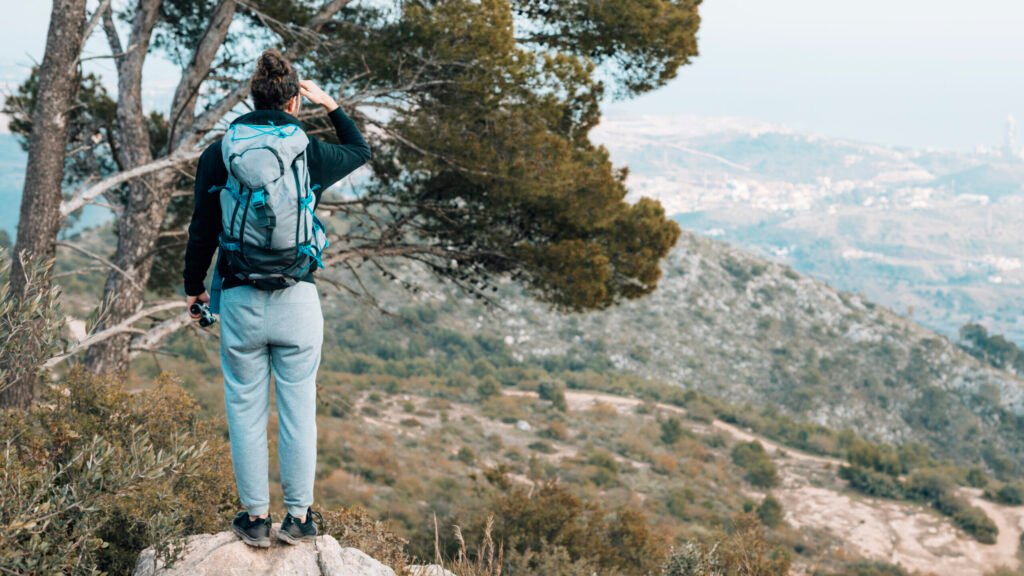
Dressing for the Journey: Apparel and Accessories
Your clothing becomes your first defense against nature’s unpredictability. Colorado’s shifting weather demands strategic layering—a system that adapts to sweat, wind, and sudden downpours. Start with moisture-wicking fabrics that dry fast, leaving cotton in your closet where it belongs.
Layering Techniques and Rain Protection
Build your outfit like a three-part shield. A breathable base layer manages sweat during climbs. Add lightweight fleece for insulation when temperatures drop. The final armor? A rain jacket that blocks wind and water without weighing you down.
| Layer Type | Material | Key Feature |
|---|---|---|
| Base | Merino wool | Odor resistance |
| Mid | Synthetic fleece | Quick drying |
| Outer | 3L Gore-Tex | Waterproof seams |
The Patagonia Torrentshell shines here—its 2.5-layer construction tackles mountain rain while packing smaller than a water bottle. REI’s April and August sales often drop its $150 price by 30%.
Choosing Bright Clothing for Visibility
Earth tones blend with nature; neon saves lives. A fluorescent jacket makes you visible to other adventurers and rescue teams. Studies show orange and lime green stand out best against forest backgrounds.
- Opt for reflective accents on backpacks
- Pack a high-visibility hat as backup
- Avoid dark colors during hunting seasons
Extra socks prevent blisters, while gaiters keep debris out of boots. Remember: Your gear choices directly impact your ability to handle surprises—a core principle of self-reliance in wild spaces.
Navigating with Confidence on the Trail
Mastering trail navigation transforms uncertainty into empowerment. Modern tools blend technology with timeless skills, creating a safety net for independent explorers. Whether using apps or paper, the goal remains clear: stay oriented while embracing nature’s unpredictability.
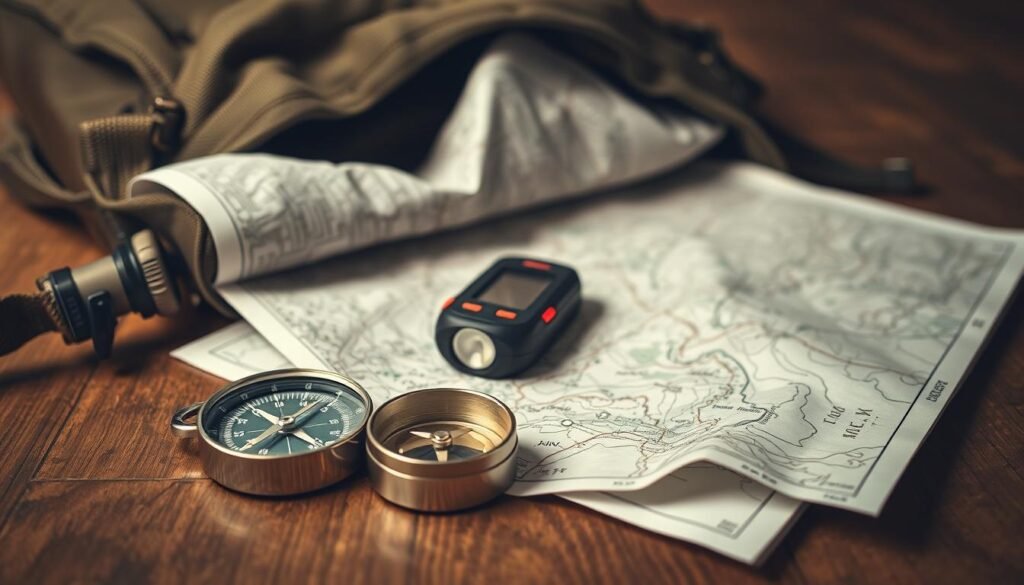
Digital tools like Gaia GPS provide topographic maps that work offline—crucial in remote areas. AllTrails sends real-time alerts if you stray from your path. Yet seasoned adventurers always carry paper maps. Their advantages? Visible notes, compass triangulation, and zero battery dependence.
| Tool Type | Key Features | Best For |
|---|---|---|
| Smartphone Apps | Offline maps, elevation alerts | Pre-planned routes |
| Paper Maps | Compass compatibility, durability | Backup navigation |
Practice interpreting contour lines before your trip. Match map symbols to terrain features like ridges or streams. If visibility drops, use prominent landmarks to reorient. One hiker avoided a wrong turn by spotting a distinctive rock formation noted on their map.
Combine methods for reliability. Mark waypoints on your app while highlighting key junctions on paper. This dual approach builds self-reliance—a skill that grows with each journey. For more tips on building trail confidence, explore proven strategies from experienced explorers.
Test your skills on familiar trails first. Time how quickly you can locate north using natural cues. Gradually tackle complex routes, celebrating each successful navigation choice. Remember: competence with maps turns anxiety into adventurous curiosity.
Solo Hiking: Mastering the Art of Independence
Independence on the trail blooms through deliberate practice and reflection. Each journey alone in nature strengthens your ability to solve problems and adapt—skills that echo far beyond the wilderness.
Building Confidence Through Experience
Begin with routes you’ve walked with others. Repeating these trails solo builds familiarity while testing decision-making skills. A 2023 outdoor psychology study found hikers who completed three familiar routes alone reported 52% higher self-trust scores.
Progress gradually to new challenges. Try these steps:
- Add 1 mile to your usual distance
- Introduce moderate elevation changes
- Practice navigation on overcast days
One adventurer shared: “My first solo summit taught me more about resilience than a decade of group hikes.” These moments reveal hidden strengths, from pushing through fatigue to calmly rerouting around landslides.
Celebrate small victories—reaching a viewpoint without checking maps or adjusting gear swiftly during rain. These achievements compound into unshakable assurance. Modern apps like Cairn help track progress, letting you visualize skill growth over time.
Freedom thrives in self-directed choices. Stop to photograph wildflowers without explaining delays. Nap under pines when energy dips. This autonomy builds mental flexibility, proving you’re capable of handling both planned routes and unexpected detours.
Ensuring Personal Safety with Self-Defense Tools
Empowering yourself with effective deterrents transforms potential threats into controlled situations. Proper tool selection bridges confidence and preparedness, letting you focus on the journey rather than fear.
Choosing the Right Wildlife Protection
Bear spray differs from standard pepper spray in range and formula. Designed to stop charging animals, it creates a 30-foot cloud that irritates eyes and lungs. Practice removing the safety pin quickly—most users underestimate how close 10 feet feels during an encounter.
| Tool | Effective Range | Primary Use |
|---|---|---|
| Bear Spray | 25-30 ft | Large animals |
| Pepper Spray | 8-12 ft | Human threats |
Damsel in Defense pepper spray combines accessibility with security. Its spandex glove holster keeps the canister snug during movement. Store sprays upright and check expiration dates annually—chemicals degrade over time.
Consider regional animal patterns when packing. Grizzly territories demand bear spray, while black bear areas might allow smaller deterrents. Always research park regulations—Yellowstone bans pepper spray but permits EPA-approved animal formulas.
“Practice deployment monthly,” advises a Montana trail ranger. Muscle memory matters when adrenaline spikes. Pair tools with situational awareness: notice animal signs like scat or claw marks early.
Safety devices work best as backup plans. Store them in reach—hip belts or chest straps beat buried backpack pockets. Your gear should empower independence, not create false security.
Staying Connected: Technology and Outdoor Communication
Modern explorers balance independence with smart connectivity. Devices like the Garmin inReach Mini redefine self-reliance, enabling text messaging and emergency signals via satellite—no cell towers required. This palm-sized tool tracks your location while letting loved ones monitor progress, blending freedom with peace of mind.
Check your carrier’s coverage maps before departure. Apps like Gaia GPS integrate Verizon’s network data, revealing dead zones near cliffs or valleys. Struggling for service drains phone batteries rapidly—always pack a 20,000mAh power bank. Pro tip: Airplane mode preserves battery until needed.
Prioritize these communication essentials:
- Satellite messengers for SOS alerts
- Offline maps with preloaded routes
- Waterproof phone cases
Emergency protocols thrive on redundancy. Share your itinerary digitally and verbally. When storms hit Colorado’s peaks in 2023, hikers using dual communication methods saw 83% faster rescues. Technology isn’t a crutch—it’s the bridge between bold exploration and safe returns.

